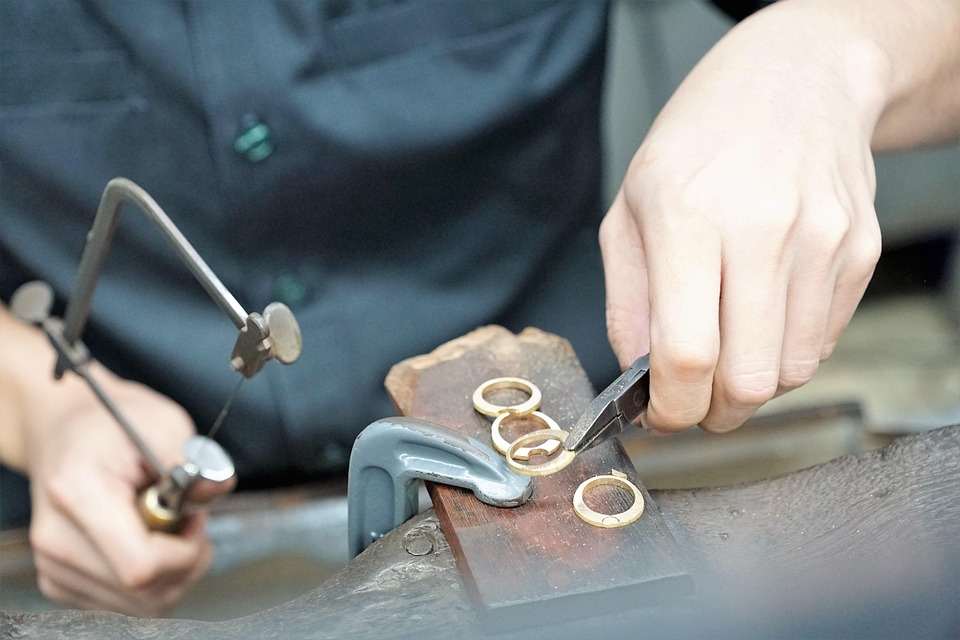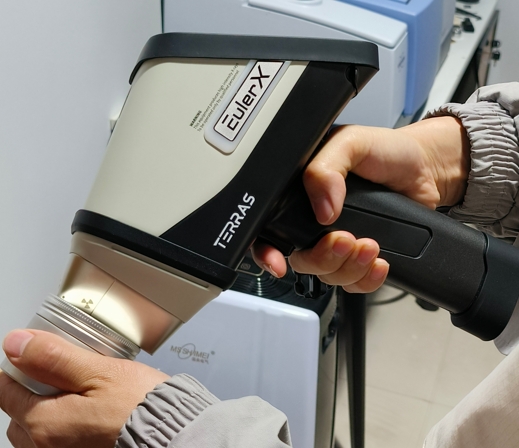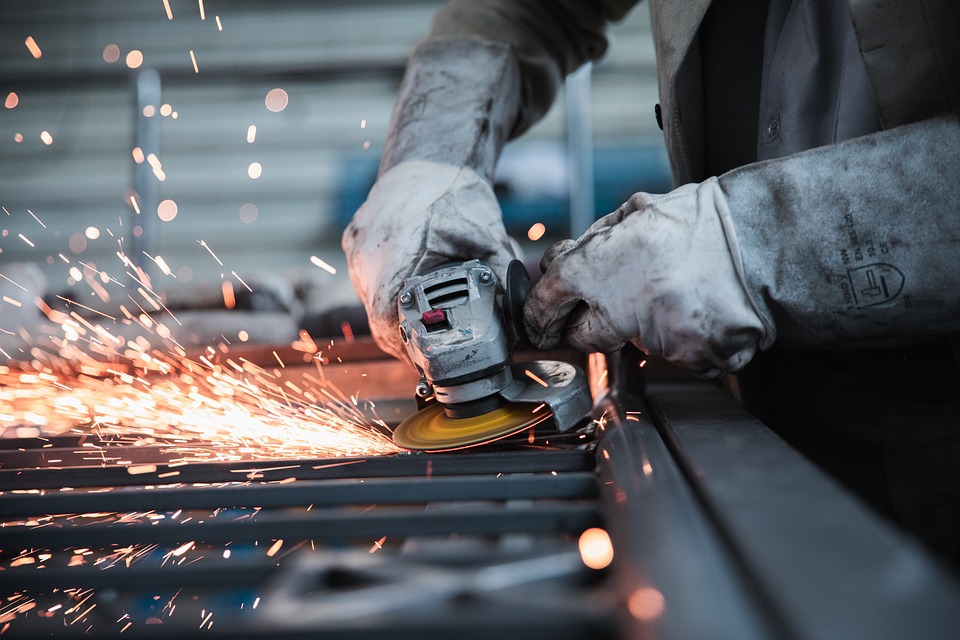
Metal Material
A high-tech enterprise focusing on the development and application of X-ray technology products, committed to becoming a leading supplier of X-ray industrial testing solutions.
Handheld Alloy Tester vs. Traditional Methods: Speed, Accuracy, and Efficiency
In industries where precision is critical, such as manufacturing, construction, aerospace, and automotive, the testing of materials is essential to ensure their integrity and suitability for specific applications. Among the many tests used to assess materials, alloy testing plays a vital role in confirming the composition of metals and ensuring they meet industry standards. While traditional alloy testing methods have served industries for decades, technological advancements have introduced handheld alloy testers that promise speed, accuracy, and efficiency. In this article, we will compare handheld alloy testers with traditional methods to explore their advantages and limitations.

Terras EulerX900 Handheld Alloy Analyzer
Traditional Alloy Testing Methods
Before the advent of handheld testers, alloy testing primarily relied on more time-consuming and labor-intensive techniques. Some of the traditional methods include:
1. Optical Emission Spectroscopy (OES)
Optical Emission Spectroscopy is one of the most commonly used traditional methods for alloy testing. In this process, a sample of the alloy is exposed to high-energy light, causing the elements within the alloy to emit light at specific wavelengths. By analyzing these wavelengths, a technician can determine the alloy's elemental composition. While OES is highly accurate, it requires specialized equipment and skilled operators. The process can also be slow, particularly when testing large quantities of materials.
2. X-ray Fluorescence (XRF)
X-ray fluorescence is another common method for alloy testing. This technique involves bombarding a sample with X-rays, which causes the atoms in the material to emit secondary X-rays that are unique to each element. XRF provides a non-destructive means of testing and can deliver relatively quick results. However, the equipment required for XRF testing tends to be expensive, and the technology can be complex for on-site or field testing.
3. Chemical Testing
Chemical analysis, often through techniques like acid digestion or wet chemistry, involves dissolving a portion of the alloy and performing a series of chemical reactions to identify the composition. This method is very accurate and reliable, but it can be slow and requires significant sample preparation. Additionally, it’s a destructive method, meaning the material tested is often compromised and cannot be reused.
Handheld Alloy Testers: A Game Changer
With the rise of handheld alloy testers, the testing process has been revolutionized. These compact, portable devices allow technicians to perform on-site tests with ease, offering a range of benefits over traditional methods.
1. Speed
One of the biggest advantages of handheld alloy testers is their speed. Unlike traditional methods, which may require sample preparation and multiple steps, handheld testers can provide immediate results. Most handheld models use X-ray fluorescence (XRF) technology, offering rapid, on-the-spot readings of the material’s composition. This makes them ideal for quality control in fast-paced environments where time is of the essence.
2. Accuracy
Handheld alloy testers offer high levels of accuracy, especially in determining the elemental composition of metals. While their accuracy may not match the precision of high-end OES or laboratory-based tests, handheld devices are generally sufficient for most industrial applications. With continuous advancements in technology, modern handheld testers can achieve results with minimal error. Many also feature calibration tools and internal software to enhance their reliability.
3. Efficiency
Efficiency is where handheld alloy testers truly shine. These devices are incredibly user-friendly, with many models offering intuitive touchscreens and simplified user interfaces. The portability of handheld testers also allows for testing in various locations without the need to transport samples to a lab. This eliminates the delays associated with shipping samples and waiting for results, significantly increasing overall efficiency in quality control processes.
4. Cost-Effectiveness
When compared to the high costs associated with traditional testing methods, handheld alloy testers are relatively affordable. The equipment is usually less expensive to purchase and maintain than lab-based systems like OES or XRF machines. Furthermore, handheld devices reduce the need for outsourcing testing to third-party labs, which can significantly save on long-term testing costs.

Terras EulerX900 Handheld Alloy Analyzer
The EulerX 900 series has proved to be an excellent choice for metal analysis in a wide fields, providing fast, accurate results directly to the user. Thanks to its cutting-edge electronics and sophisticated mathematical algorithms, the EulerX 900 series ensures superior measurement quality within seconds.
Conclusion
The choice between handheld alloy testers and traditional methods largely depends on the specific needs of the application. Handheld testers are an excellent option for industries seeking speed, portability, and cost-efficiency without sacrificing too much accuracy. While traditional methods like OES and XRF remain invaluable for high-precision applications and laboratory settings, handheld testers provide a viable and practical solution for day-to-day alloy testing, particularly for on-site quality control.
Join Us
Subscribe to our email list for updates & promotions.



